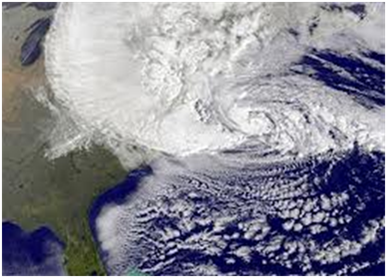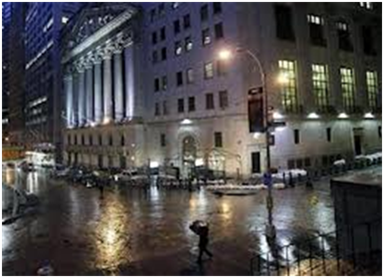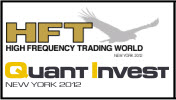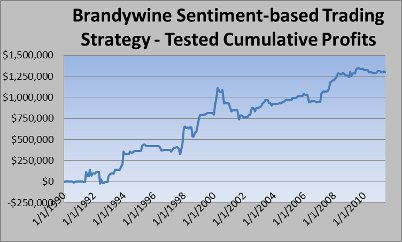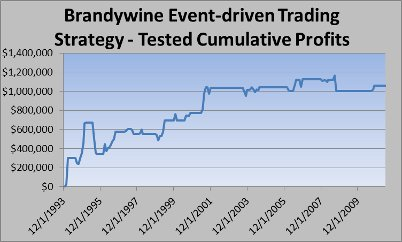Please click the image above for Mike Dever’s interview on January 16, 2013 with Paula Vasan, Managing Editor of “aiCIO” (Asset International Chief Investment Officer). During the interview, Mike and Paula discuss the following investment “myths”:
- The Largest Investors Hold All the Cards
- Trading is Gambling – Investing is Safer
- Too Much Diversification Lowers Returns
Here’s what you’ll learn:
- How to identify if you are a gambler.
- What is the largest impediment to strong positive returns over time.
- Why Mike decided to title his book “Jackass Investing”.



